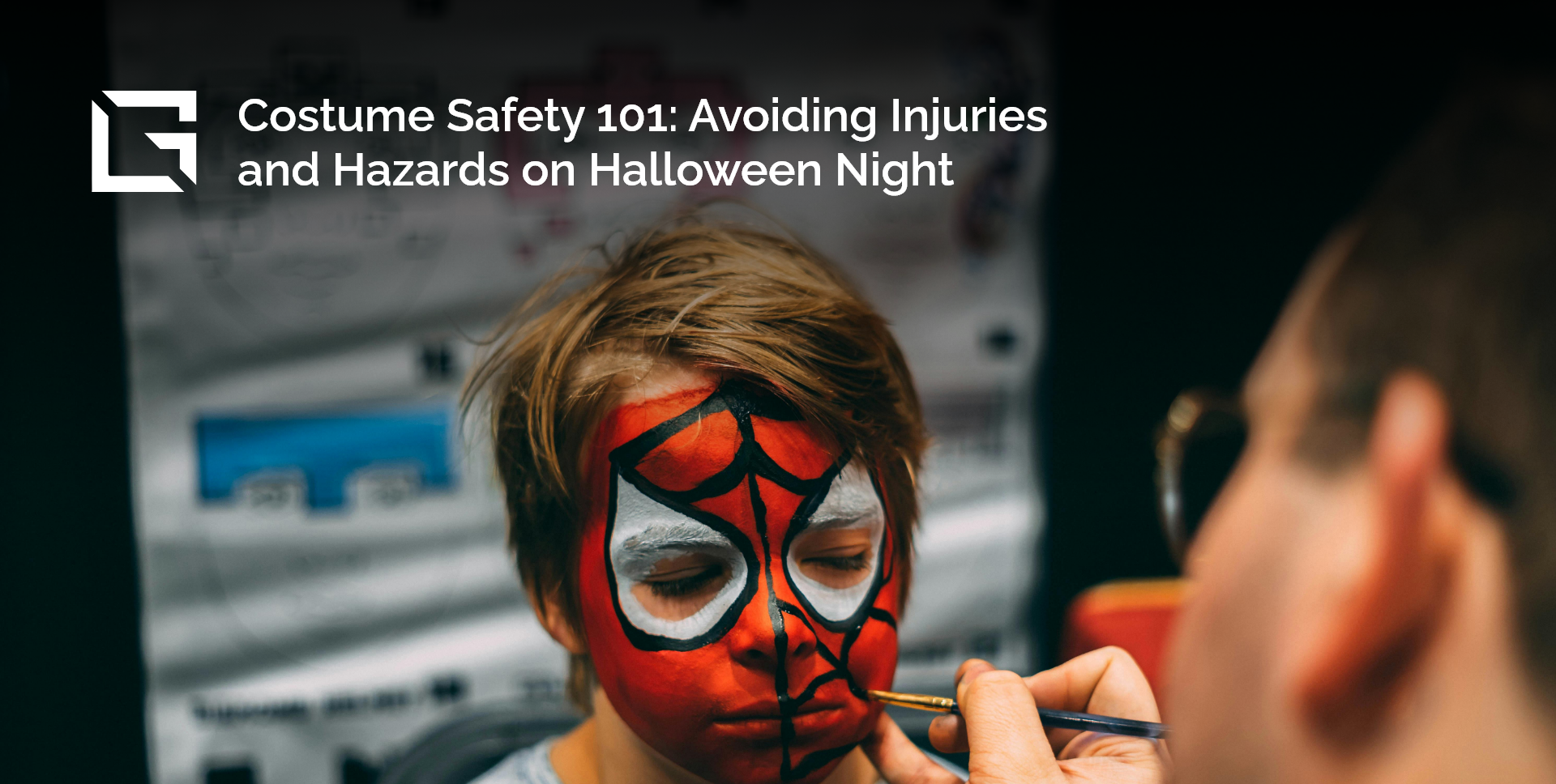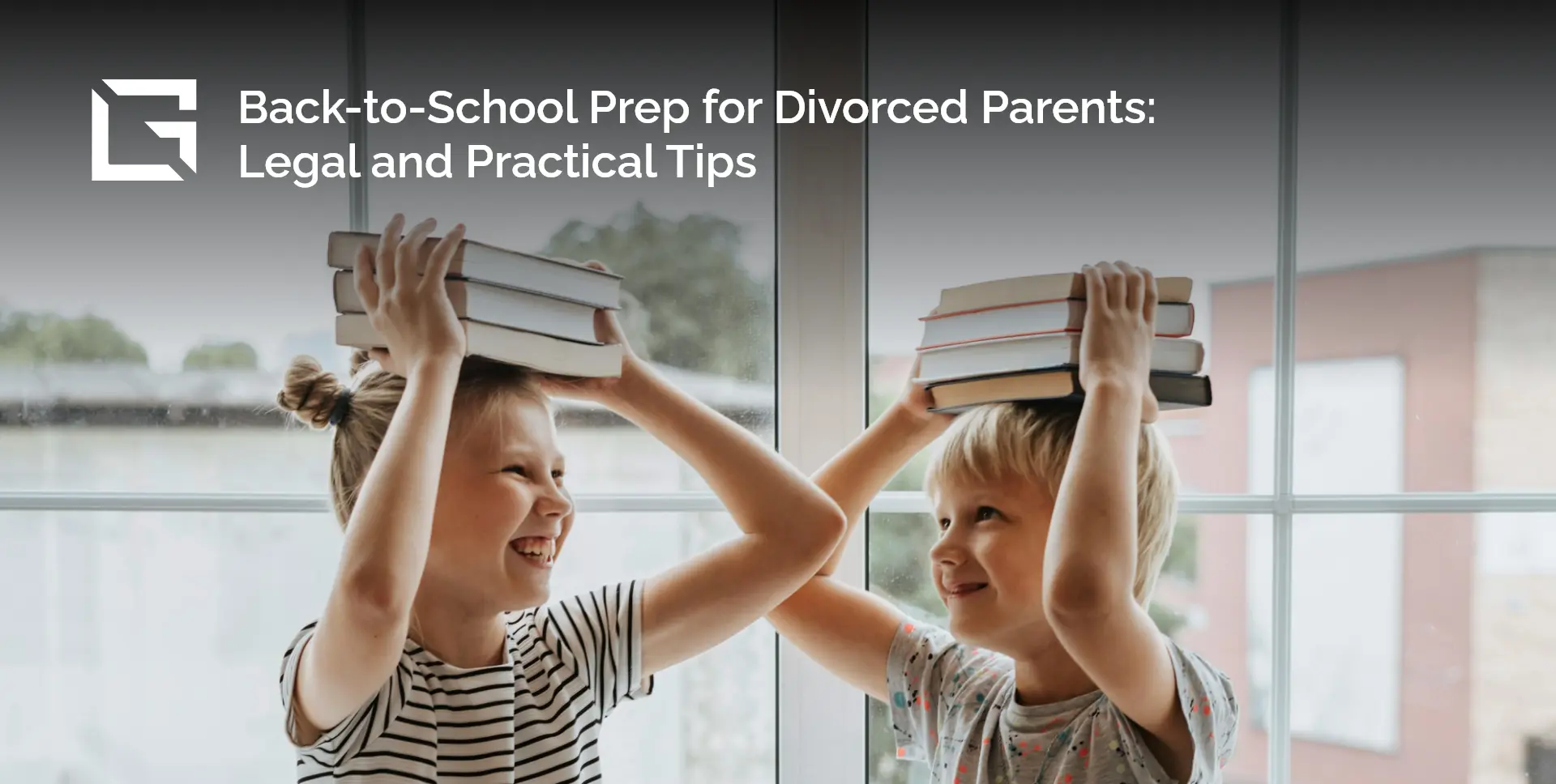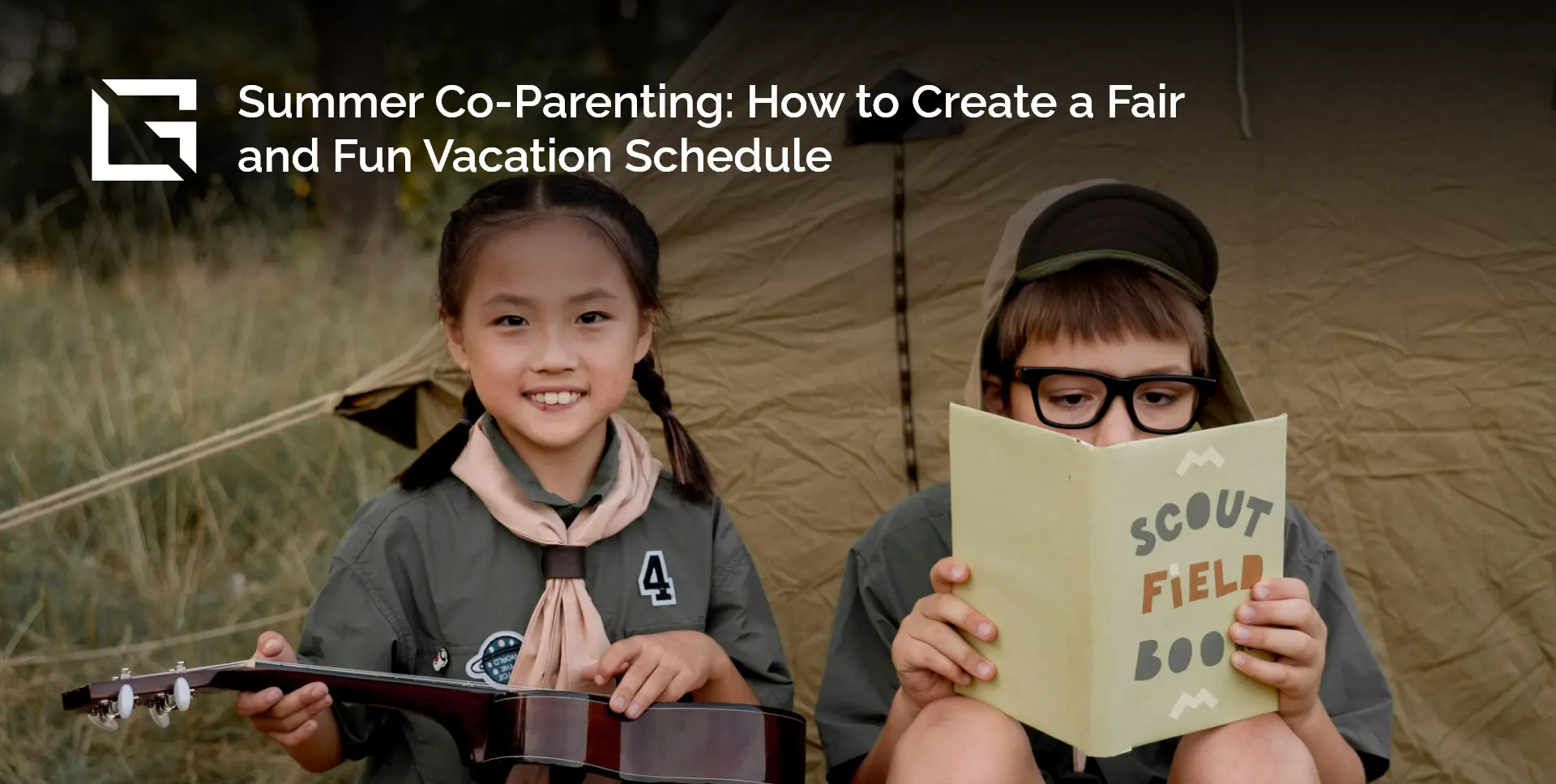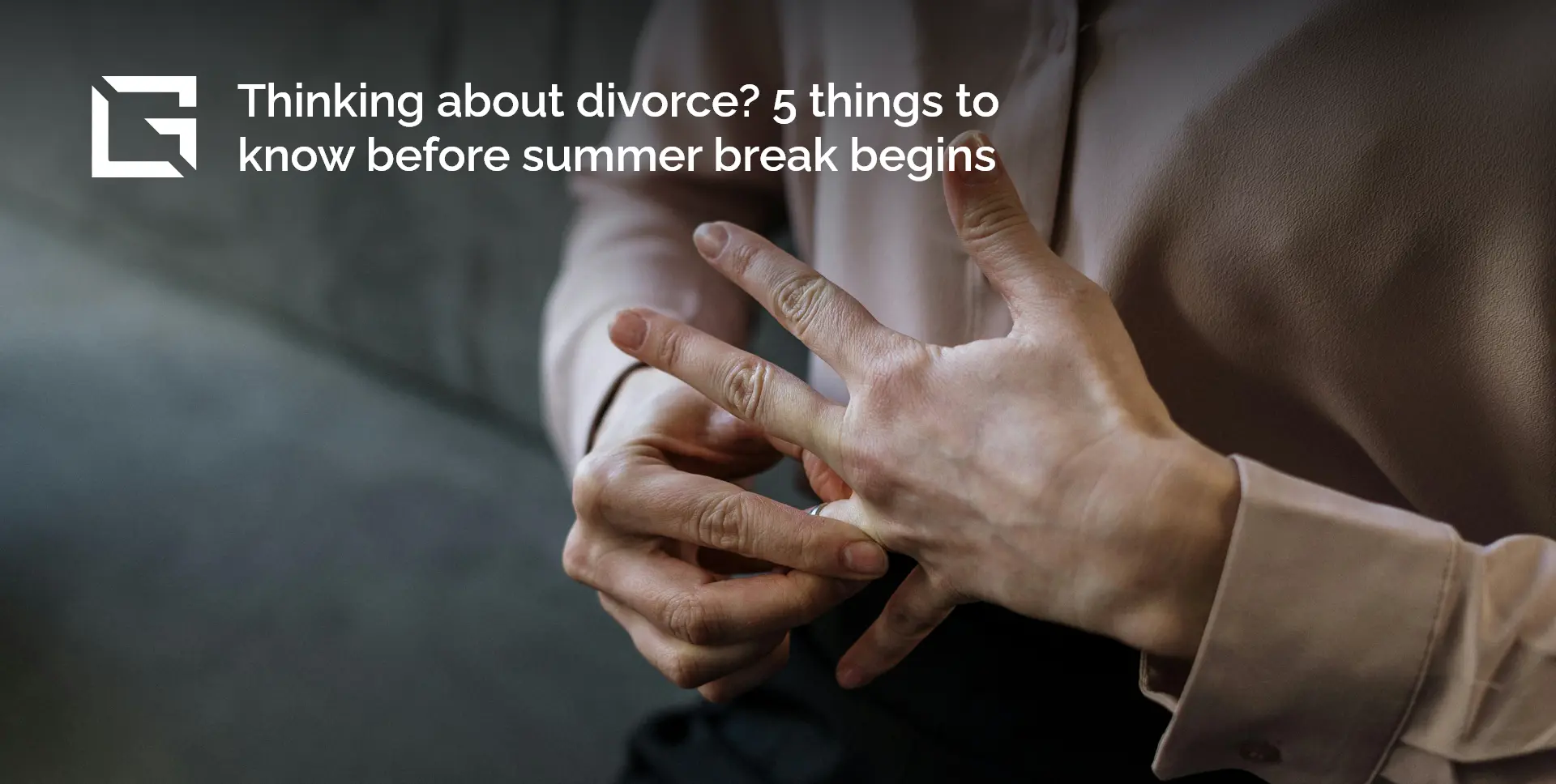Why Costume Safety Should Be a Top Priority
Halloween night is one of the most exciting times of the year. Children get to dress up as superheroes, princesses, or their favorite TV characters, while parents enjoy the joy (and sugar rush) that comes with trick-or-treating. But amid the fun, it’s easy to overlook safety.
According to the U.S. Consumer Product Safety Commission, each year, thousands of emergency room visits are linked to Halloween activities, with poorly designed costumes playing a significant role. From slips and falls caused by costumes that are too long, to burn injuries from flammable fabrics near candles or jack-o’-lanterns, to accidents caused by obstructed vision in masks, many risks can be prevented with just a little extra planning.
As a law firm that has seen firsthand how preventable injuries can disrupt families, Gibb Law Firm is committed to helping parents and guardians stay informed. Costume safety is not just about avoiding a ruined evening; it’s about protecting your children’s health and peace of mind. And when an injury does happen because of someone else’s negligence, such as a property hazard or defective product, knowing your legal rights is equally important.
The Most Common Costume-Related Injuries
Understanding the risks is the first step to prevention. Here are the most frequent injuries and hazards linked to Halloween costumes:
- Trips and Falls
- Costumes that drag on the ground or shoes that don’t fit properly can cause children to trip while walking from house to house.
- Sidewalk cracks, steps, or dimly lit driveways make this risk even higher.
- Burns and Fire Hazards
- Costumes made of synthetic materials can be highly flammable, posing a risk when children walk near candles, bonfires, or jack-o’-lanterns.
- Vision Impairment
- Masks, wigs, or hoods that cover the eyes can make it difficult to see cars, obstacles, or uneven walkways.
- Limited visibility is one of the leading contributors to Halloween pedestrian accidents.
- Restricted Movement
- Tight costumes or bulky accessories can restrict arm and leg movement, making it harder for kids to move quickly or safely.
- Toxic Materials
- Cheap face paints or costume accessories can sometimes contain harmful chemicals, leading to skin irritation or allergic reactions.
- Accessory Injuries
- Swords, wands, or other props with sharp edges can poke, scratch, or even cause eye injuries during play.
Knowing these risks allows you to take simple, proactive steps to keep the night fun and safe.
Tips for Choosing a Safe Halloween Costume
When shopping for or creating a Halloween costume, here are some actionable safety tips to consider:
1. Choose Flame-Resistant Materials
Look for costumes labeled “flame-resistant.” While no costume is entirely fireproof, these fabrics are much less likely to ignite if exposed to an open flame. Cotton, nylon, and polyester blends are generally safer than inexpensive synthetic materials.
2. Ensure Proper Fit
- Length: Avoid costumes that are too long or drag on the ground. Hemming costumes or choosing the right size can prevent tripping hazards.
- Shoes: Comfortable, properly fitting shoes are essential. Skip the oversized superhero boots or high heels and stick with sneakers or flat shoes.
3. Improve Visibility with Reflective Elements
Halloween often means walking after dark. Adding reflective tape to costumes, shoes, or treat bags makes your child easier to spot by drivers. Bright or light-colored costumes are also safer than all-black outfits.
4. Replace Masks with Face Paint
Masks can block vision and make it harder to breathe. Opt for non-toxic face paint instead, but always do a small patch test first to check for skin sensitivity.
5. Pick Safe Accessories
- Avoid sharp or pointed props. Instead, choose flexible foam or soft plastic versions.
- Ensure hats, wigs, and hoods fit snugly without sliding over the eyes.
6. Avoid Loose Parts
Loose straps, dangling beads, or other small pieces can become choking hazards or catch on fences and door handles.
Safety Check Before Heading Out
Just before your child heads out the door, take a few minutes for a costume safety check:
- Walk around the house to make sure the costume doesn’t drag or cause tripping.
- Double-check visibility. Can your child clearly see in all directions?
- Test accessories for sharp edges or choking risks.
Add a flashlight, glow stick, or clip-on light to ensure they remain visible throughout the evening.
These simple steps can make the difference between a safe night and an emergency room visit.
What to Do if an Injury Happens
Even with the best preparation, accidents can still occur. If your child suffers a costume-related injury on Halloween night:
- Seek Medical Care Immediately
- For cuts, burns, or broken bones, go to the emergency room or urgent care right away.
- Quick treatment prevents complications.
- Document the Incident
- Take photos of the costume, the scene of the accident, and any visible injuries.
- Save receipts for the costume or accessory involved, as they may be critical in proving a product liability claim.
- Report the Hazard
- If the injury occurred on someone else’s property, notify the homeowner.
- If a defective costume or accessory caused the injury, report it to the Consumer Product Safety Commission.
- Contact an Attorney
- Some injuries are the result of unsafe products, poorly lit walkways, or negligence by others.
- In these situations, speaking with an attorney ensures your rights are protected and you understand your legal options.
At Gibb Law Firm, we help families in Utah navigate personal injury cases with compassion and experience. Whether your child’s injury was caused by a defective costume or a dangerous condition on someone’s property, we’re here to help. Call us at (801) 725-6035 or visit Gibb Law Firm to learn more.
Beyond Safety: Understanding the Legal Implications
While most Halloween injuries are minor, some can lead to significant medical bills, long recovery periods, or even permanent scarring. In cases like these, families may not realize that legal remedies are available:
- Premises Liability: If an injury happens because of unsafe conditions on another person’s property, such as poor lighting, uneven walkways, or hidden obstacles, the property owner may be held responsible.
- Product Liability: If a defective or poorly made costume causes harm, the manufacturer or retailer may be liable.
- Negligence: If another person’s careless actions, like unsafe use of fire decorations, cause injury, legal action may be necessary.
By understanding these legal principles, parents can better protect their children’s rights and hold responsible parties accountable.
Empowering Families to Enjoy Halloween Safely
Halloween should be magical, not stressful. With just a few smart choices, like selecting flame-resistant costumes, avoiding masks that block vision, and adding reflective tape, you can reduce the most common risks. Performing a quick safety check before heading out gives you peace of mind, while knowing what to do in the event of an accident empowers you to act quickly.
And if the unthinkable happens, remember that you’re not alone. Gibb Law Firm is here to help families protect their rights and move forward. Whether it’s offering legal advice or pursuing a claim for a costume-related injury, our goal is to keep your family safe and supported.
Ready to Talk with an Attorney?
If your child has been injured due to a costume hazard, property condition, or defective accessory, you may have legal options. Don’t wait—evidence disappears quickly, and deadlines for filing claims are strict. Visit Gibb Law Firm today or call (801) 725-6035 to schedule a consultation.
Let us handle the legal side so you can focus on what matters most: keeping your family safe and enjoying the holiday season.
Disclaimer: This article is for informational purposes only and does not constitute legal advice. Please contact us to discuss the specifics of your situation.



